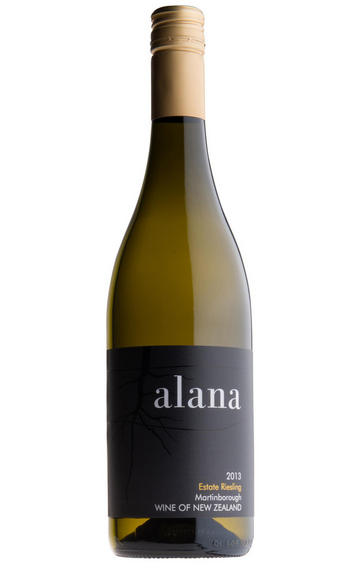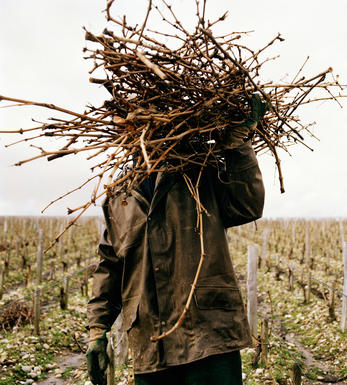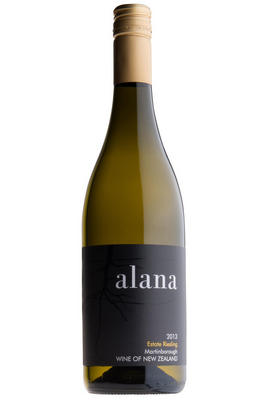
About this WINE

Alana Estate
Alana Estate continues to evolve since its founding in 1993. New CEO Cath Hopkin has assembled a team of: winemaker Chris Archer, ex-Roseworthy & former Pepper Tree & Morton Estate winemaker; viticulturalist James Pittard, at Alana since 1993; consultant viticulturalist Nick Hoskins.
The Estate's single 18.7ha Martinborough terrace vineyard sits on a mix of silty sand (quartz & feldspar), gravel and limestone deposits. Pinot Noir, Chardonnay, Riesling and Sauvignon Blanc are all grown and produced. Pinot Noir is the focus: fifty-six separate blocks have been identified, incorporating several clones such as Abel, 667, 777, 3309, 114, 10/5, UCD5. 'Le Coup' Pinot Noir is their flagship wine, made in tiny quantities as result of focusing in on the best six clones from the top silty/loam/loess terrace sites.
Alana Estate has sought to focus on the following core values: identification and separation of soil types, clones & rootstocks; wine styles determined by the terroir and capable of ageing; wines with high dry extract & a suave texture; parcel by parcel vinification & expression; consistent Martinborough terroir high quality & expression.
Yield reduction, better canopy management, increased soil biodiversity form part of the new strategy. 2006 also saw the completion of a new winery, featuring sorting tables and gravity fed vinification.

Riesling
Riesling's twin peaks are its intense perfume and its piercing crisp acidity which it manages to retain even at high ripeness levels.
In Germany, Riesling constitutes around 20% of total plantings, yet it is responsible for all its greatest wines. It is planted widely on well-drained, south-facing slate-rich slopes, with the greatest wines coming from the best slopes in the best villages. It produces delicate, racy, nervy and stylish wines that cover a wide spectrum of flavours from steely and bone dry with beautifully scented fruits of apples,apricots, and sometimes peaches, through to the exotically sweet flavours of the great sweet wines.
It is also an important variety in Alsace where it produces slightly earthier, weightier and fuller wines than in Germany. The dry Rieslings can be austere and steely with hints of honey while the Vendages Tardives and Sélection de Grains Nobles are some of the greatest sweet wines in the world.
It is thanks to the New World that Riesling is enjoying a marked renaissance. In Australia the grape has developed a formidable reputation, delivering lime-sherbet fireworks amid the continental climate of Clare Valley an hour's drive north of Adelaide, while Barossa's Eden Valley is cooler still, producing restrained stony lime examples from the elevated granitic landscape; Tasmania is fast becoming their third Riesling mine, combining cool temperatures with high UV levels to deliver stunning prototypes.
New Zealand shares a similar climate, with Riesling and Pinot Gris neck to neck in their bid to be the next big thing after Sauvignon Blanc; perfectly suited is the South Island's Central Otago, with its granitic soils and continental climate, and the pebbly Brightwater area near Nelson. While Australia's Rieslings tend to be full-bodied & dry, the Kiwis are more inclined to be lighter bodied, more ethereal and sometimes off-dry; Alsace plays Mosel if you like.



Buying options
Add to wishlist
Description
The 2013 Riesling offers an alluring nose of jasmine and white blossom over layers of nectarine and grapefruit peel. Crisp and dry on the palate, with mouth-filling citrus flavours and a long zesty finish. Drink it now to 2017.
wine at a glance
Delivery and quality guarantee